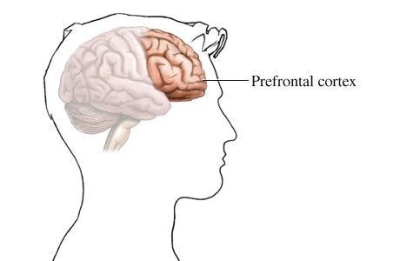Sorry I haven’t been blogging for a while. It’s partly
because we have had some illness in the family, partly because of college
commitments and partly because I haven’t had anything interesting to blog about
recently – with over 200 posts under my belt it’s getting harder to find new
things to talk about!
However, I finally have something to tell you – I've passed
my Nidan grading! It took place on Saturday 30th November, an
all-day affair over at the SKK Judo centre near Manchester. It was a bit hit or
miss whether I would actually take the grading because of the family illness
problems, my husband (and grading partner) had an operation on his ear only 5
weeks before the grading date but fortunately was sufficiently fit to still
partner me, so it was all systems go on Saturday.
It was a tough grading! I had decided that I was only going
to attempt it once so it was a bit of a ‘do or die’ situation. I definitely
pushed myself harder than I did for shodan and the grading panel pushed me
really hard – I think they really wanted to see if I had the strength and
stamina to keep going when I was clearly exhausted. This is when you realise
that it’s your mental strength that is being tested and not just your technical
ability. I was the only candidate (out of 10) grading for nidan so I had to do
several sections on my own which the grading officers decided to put back to
back, so I was on the mats continuously for 4 pretty rigorous sections of the
syllabus.
I made a few small mistakes. A wobble in one of my kata, a
small mistake in one of my bunkai, a complete transposition of technique in 2
of my ippon kumite i.e. I started with my first technique and finished with my
second and then had to do the same with my second ippon (start with the second
and finish with the first) so that I didn’t repeat myself. I don’t think they
noticed that mistake! I also felt that one of my kicking combinations wasn’t
great either. Apart from that I did my bloody best and if I didn’t pass then
there was no way I would ever be capable of doing so.
I would have been relieved to have just scraped a pass. I
would have been happy to have equalled my score for shodan. So I was
ecstatically happy to have scored several marks higher than I did for shodan!
The grading panel were right to have advised me not to grade
last June. I wasn’t ready. This last 6 months have allowed me to correct all
the problems I had following the last pre-dan and improve quite a lot. So I am
now glad that I waited.
I’m so glad that it’s all over now and I can just get back
to ordinary training and not be so syllabus focused. We have a lot of new and
interesting changes coming up next year on our curriculum and so next year
should be an exciting time in our club…

This work is licensed under a Creative Commons Attribution-Noncommercial-Share Alike 2.0 UK: England & Wales License.









